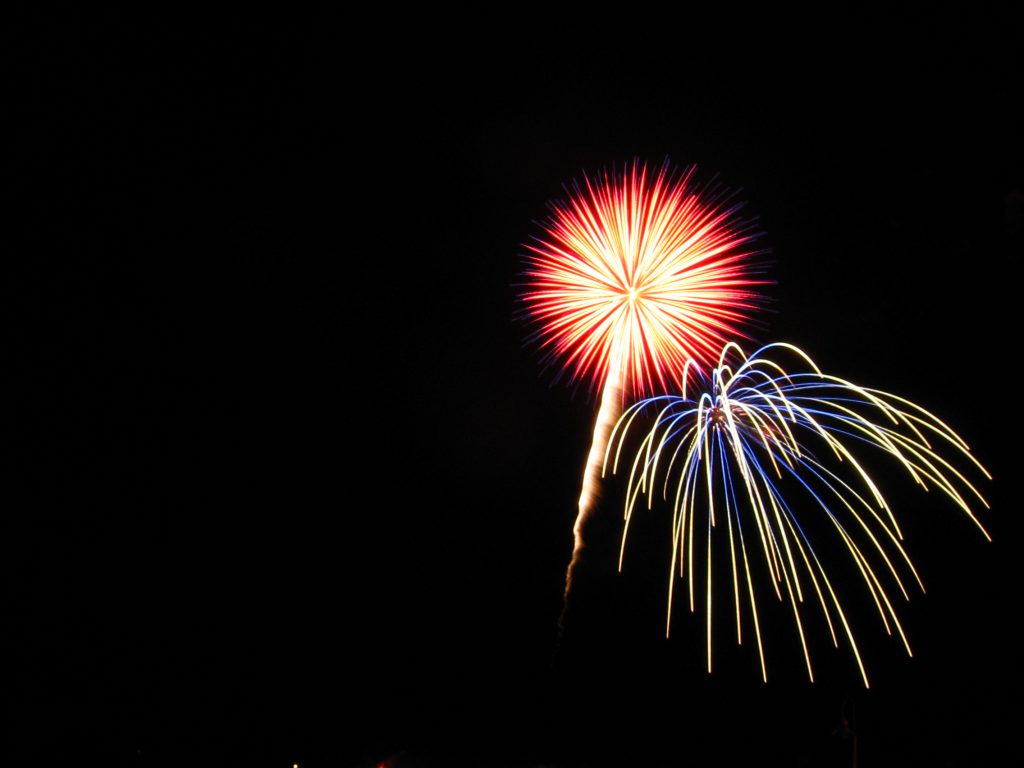Festival of Lights
Deepavali is the festival of lights. It is also the time of the year when children and families gather to burst firecrackers. The year 2020 has seen subdued celebrations all over India, with minimal firecrackers. I stopped indulging in firecrackers many years ago. My fascination has taken a turn towards the Science of firecrackers. This year, Deepavali has been filled with reflection and cleansing of the mind more than anything else. So, I thought it was a good time to revisit my fascination with Science and share it with you all too.
The Science
Regardless of the motivation and reasons of people who burst firecrackers and enjoy the experience, Science is fascinating. A firecracker essentially produces three distinct effects – light, sound, and heat. Let us briefly look at the Science of each.
Composition
Although every firecracker looks different, the fuel has the same basic ingredients – oxidising agents, reducing agents, colouring agents, and binding agents. Usually, metal nitrates are used as oxidising agents which form the major portion of the fuel. Charcoal and Sulphur are common reducing agents used in smaller quantities. Various metal salts in even smaller quantities are used as colouring agents. All these are held together with binding agents such as starch.
Effects
These ingredients are packaged in various ways and an appropriate fuse is added. When the fuse is lit and combustion happens, different firecrackers produce different effects. All the effects, however, are based on producing light, sound, or heat.
The combustion of fuel in the confined packed space of a firecracker produces enormous amounts of heat energy. When this enormous heat energy is released into the open air from a confined space, it results in the rapid expansion of air. This in turn produces the sound effects. The added metal salts burn with different colours, because of their distinct molecular composition. This results in colourful display.
The different metal salts responsible for colours are briefly summarised below.
- White colour – Aluminium/Titanium/Magnesium salts
- Green colour – Barium salts
- Yellow colour – Sodium salts
- Blue colour – Copper salts
- Orange colour – Calcium salts
- Red colour – Strontium/Lithium salts
- Purple colour – Strontium + Copper salts mixture

Safety first
The sequence of chemical reactions in each firecracker is more complex. The basic scientific principles were the topic of my rumination. Science is as fascinating as the activity itself is dangerous. Safety is of paramount importance in the presence of firecrackers. That is true for any chemical reaction.
I wish that all you readers had a fascinating Deepavali filled with illumination.
Stay curious and stay safe, until next time.
Read more Science-related articles on our blog here.
*************************************************************************************************************
References and further reading
The Chemistry Behind Firework Colors
*************************************************************************************************************

Have you invested in the NumberNagar® Phonics Kit yet? It is the perfect gift for children in your family and friends’ circles. Order your kit now.
Dr. Soumya Sreehari
Latest posts by Dr. Soumya Sreehari (see all)
- To drink water or not to drink – that is the question - 11 June 2021
- Puzzles for fun and learning - 28 May 2021
- A questioning mind is a thinking mind - 14 May 2021
- Play and learn having fun with words - 7 May 2021
- 4 lessons to learn from the Montessori method - 30 April 2021


Very informative…..precisely conveyed which makes it even more interesting…..
Thank you, Sandhya. So glad you enjoyed the article.
Loved it Dr Soumya … The simplicity in your writing and science behind crackers …. One more thing to be noted is the curiosity after lighting the cracker on the colours and the kind of sounds it produces, how high it goes and the sparks it produces. That’s an incredible experience and happiness. Simple joys of life worth reliving .
Thank you for your kind words, Ankitha. You are absolutely right, the experience is happy and incredible, no matter how many times it repeats. Simple joys indeed! 🙂